1. Potato Chips
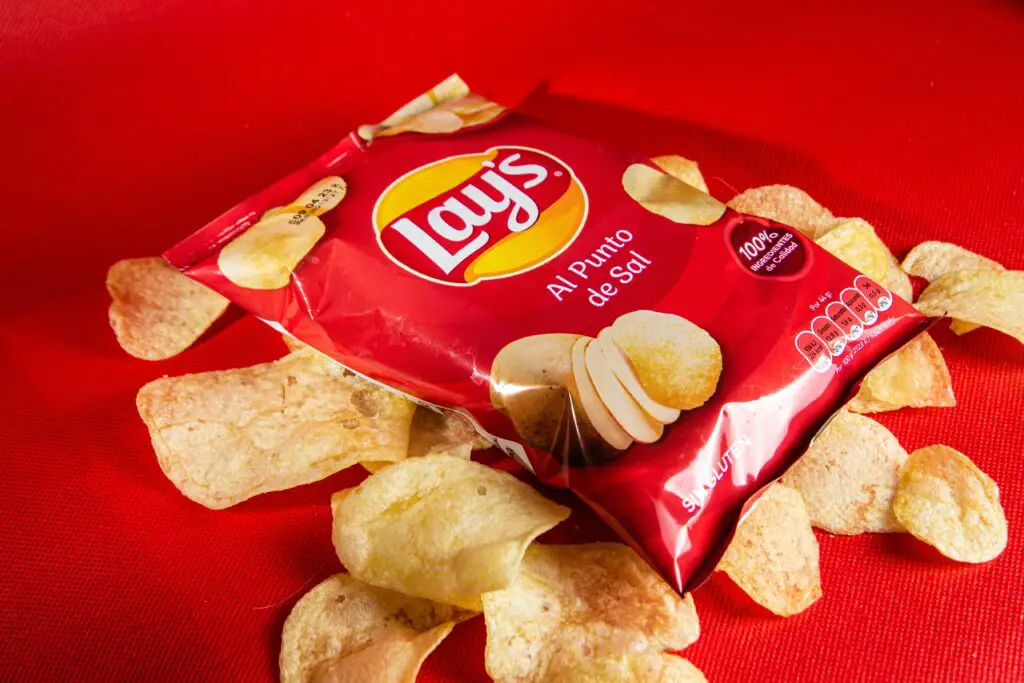
Legend has it that potato chips were born out of frustration. In 1853, a chef named George Crum was dealing with a picky customer who kept sending his fried potatoes back, complaining they were too thick. So Crum sliced them razor thin out of spite, fried them until they were crispy, and added extra salt. To his surprise, the customer loved them, and just like that, the crunchy snack took off shares the Takeout.
What started as a prank soon became a menu staple at Crum’s restaurant. People couldn’t get enough of the salty, crispy treat. Eventually, companies began packaging them for mass production. Today, they’re a global favorite, with endless flavors and styles. It’s funny to think such a beloved snack was really just a chef being petty adds Yahoo.
2. Popsicles

Popsicles owe their existence to an 11-year-old boy named Frank Epperson. In 1905, he accidentally left a cup of soda powder and water with a stirring stick outside on a freezing night. The next morning, he found it frozen and had essentially created the first ice pop. He started sharing his frozen treat with friends, but it wasn’t until years later that he patented the idea says NPR.
When Epperson finally launched his “Epsicle,” his kids insisted on calling it “Pop’s ’sicle,” and the name stuck. It became a summer staple, sold in all sorts of fruity flavors. It’s one of those happy accidents that captured the joy of childhood. And let’s be honest, a world without popsicles would be a little less sweet shares SFGATE.
3. Corn Flakes
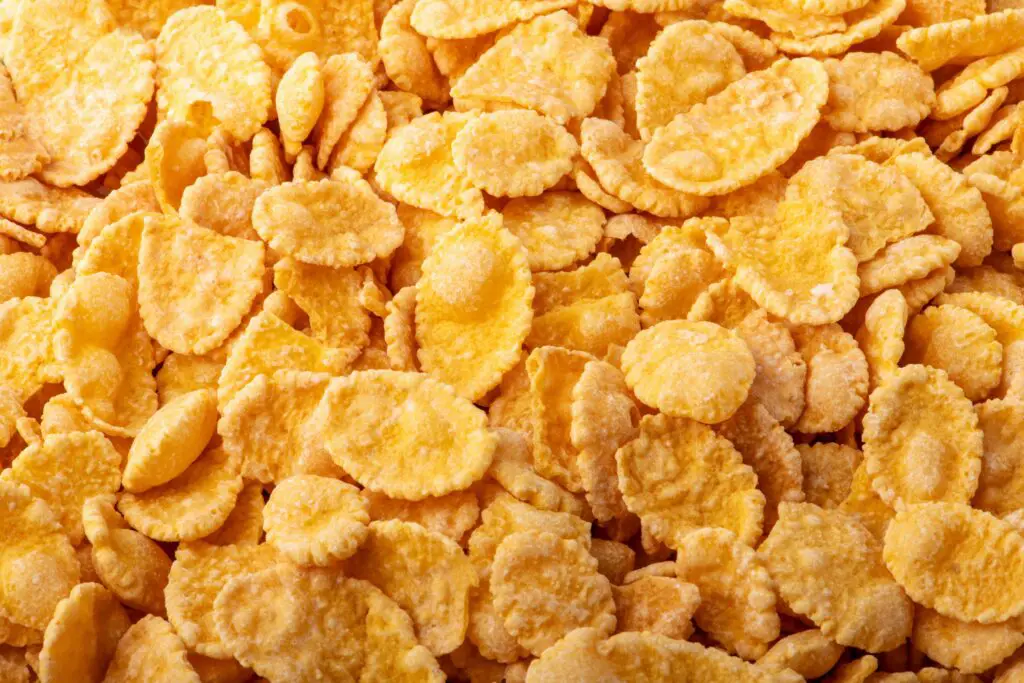
Corn flakes were invented by accident in the late 19th century by brothers John and Will Kellogg. They were trying to make a healthy vegetarian meal for patients at their sanitarium, but ended up leaving cooked wheat sitting out too long. When they rolled it out, it flaked instead of forming dough. They toasted the flakes and discovered they were actually pretty tasty.
Eventually, they swapped wheat for corn, and that’s when corn flakes really took off. Will Kellogg saw the commercial potential, and the Kellogg Company was born. It became one of the first ready-to-eat cereals and revolutionized breakfast around the world. Not bad for a kitchen mistake involving stale dough.
4. Cheese
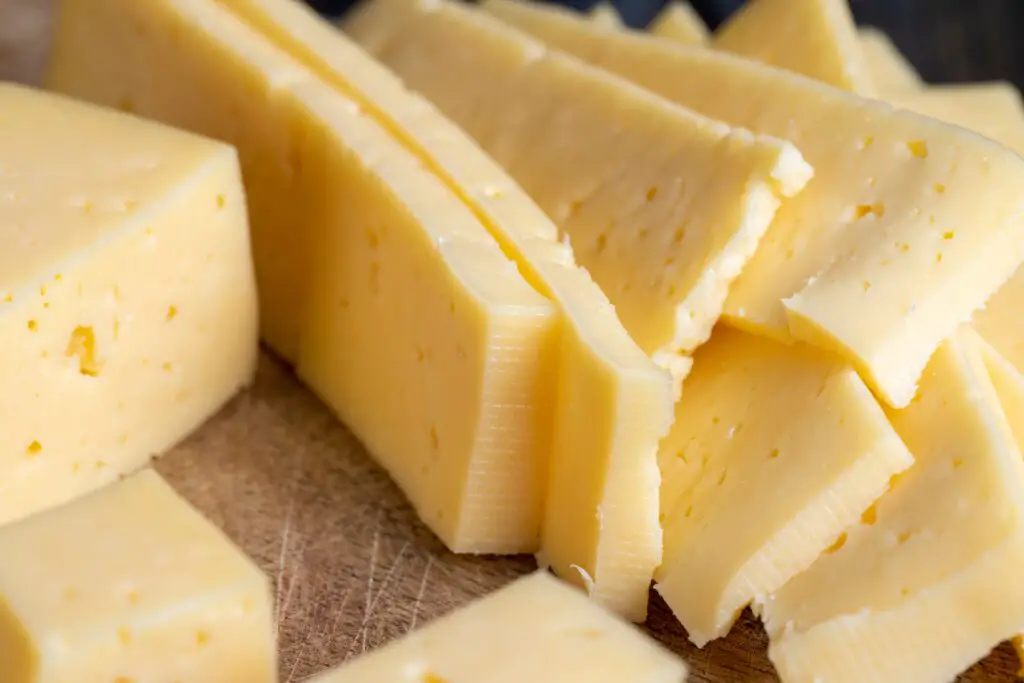
Cheese has been around for thousands of years, but its invention was almost certainly accidental. The story goes that someone stored milk in a container made from a sheep’s stomach, which naturally contains rennet. The enzymes caused the milk to curdle and separate into curds and whey. Instead of tossing it out, they tasted it—and cheese was born.
From there, different regions began experimenting with the process. Over time, that happy accident led to a massive variety of cheeses, from sharp cheddar to creamy brie. It’s hard to imagine a world without cheese on pizza, burgers, or pasta. And to think, it all started with a bit of old milk in a weird container.
5. Chocolate Chip Cookies
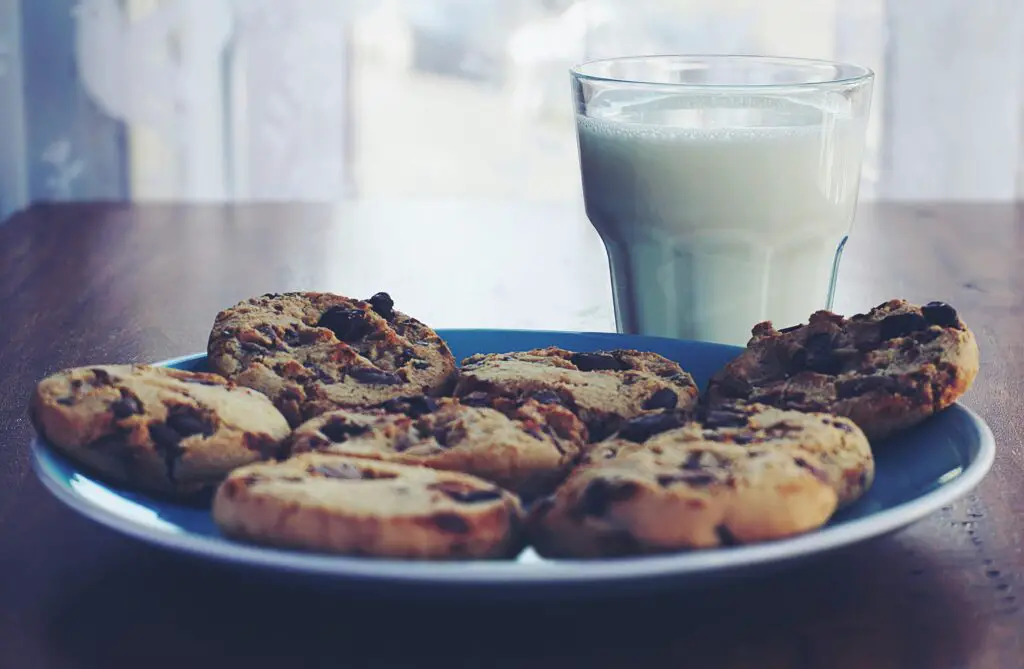
Ruth Wakefield, owner of the Toll House Inn, was trying to make chocolate cookies in the 1930s. She ran out of baker’s chocolate and substituted chopped-up pieces of Nestlé semi-sweet chocolate instead, expecting them to melt into the dough. But the chunks held their shape, and the cookies came out with gooey, melty chips. Her guests loved them.
Nestlé caught wind of the treat and made a deal with Wakefield to print her recipe on their chocolate packaging. In exchange, she got a lifetime supply of chocolate. Soon, chocolate chip cookies were baked in homes across the country. Sometimes running out of ingredients leads to something even better.
6. Yogurt

Yogurt likely came about by accident thousands of years ago when milk was stored in warm environments. Natural bacteria in the animal skin containers fermented the milk into something thicker and tangier. It probably didn’t look too appetizing at first, but brave taste-testers realized it was delicious—and easier to digest.
Over time, people began to purposefully ferment milk to create yogurt. It became a dietary staple in many cultures, from Greek tzatziki to Indian lassi. Now it’s enjoyed plain, sweetened, or swirled with fruit and granola. Not bad for something that started as spoiled milk.
7. Beer

The first beer wasn’t crafted in a brewery, it was more likely discovered by chance. Ancient people stored grains that accidentally fermented with water, creating a bubbly, alcoholic liquid. It probably wasn’t refined, but early civilizations realized it had staying power. Not only did it taste good, but it was safer than untreated water.
That happy accident eventually led to beer becoming a central part of social and religious rituals. Over thousands of years, people perfected the brewing process, and now we’ve got everything from lagers to IPAs. Today, it’s one of the most consumed beverages on Earth. And to think, it all started with some soggy, forgotten grain.
8. Coca-Cola
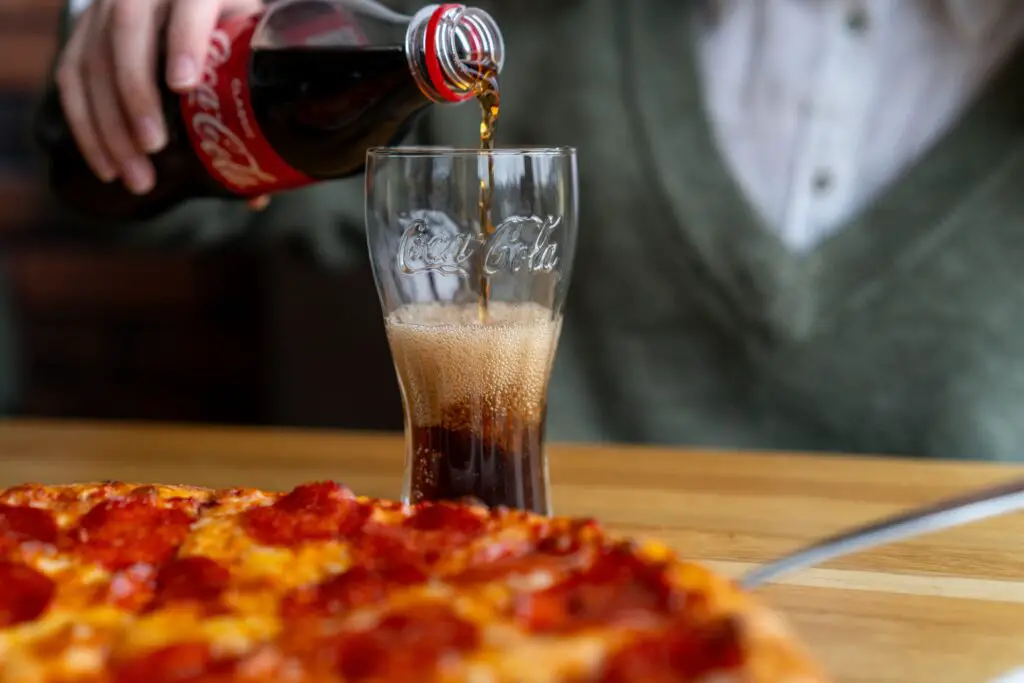
Coca-Cola began in 1886 as a sort of medicinal tonic. Pharmacist John Pemberton mixed coca leaf extract with kola nuts and carbonated water. He was trying to create a headache remedy, not a world-famous soft drink. But once people tasted it, they were more interested in its flavor than its medicinal use.
The original formula had trace amounts of cocaine, which was later removed. What stayed was that distinctive, addictive taste. Coca-Cola quickly became a symbol of American culture and spread around the world. Not bad for a drink that started behind a pharmacy counter.
9. Worcestershire Sauce
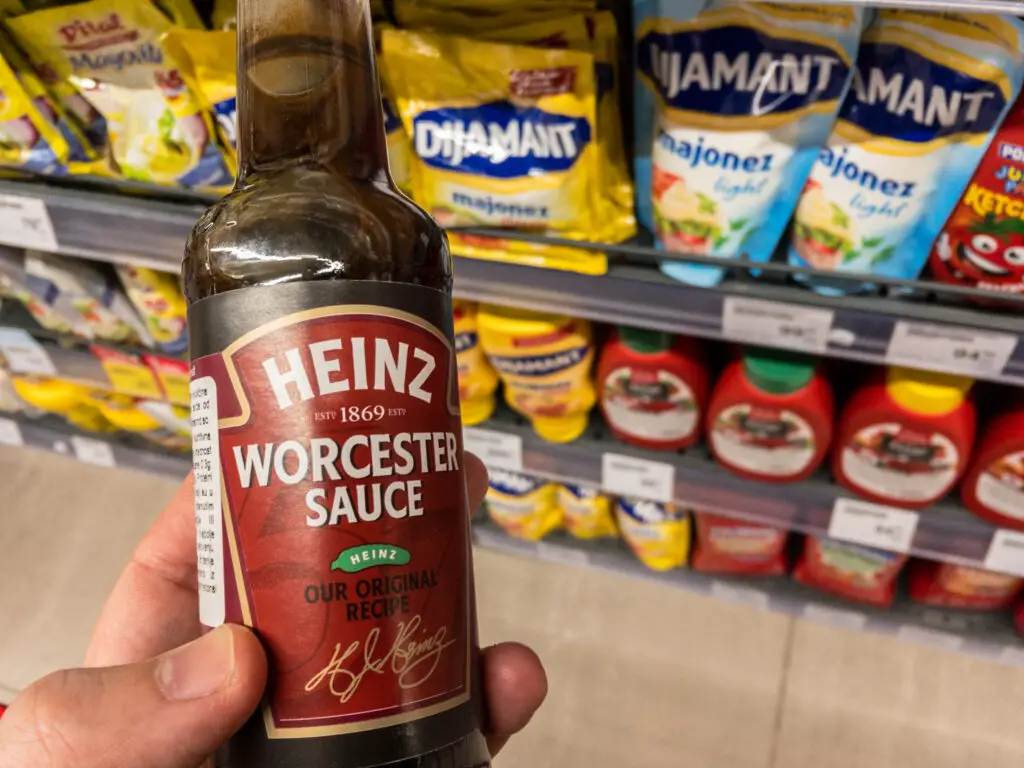
Worcestershire sauce has one of the strangest origin stories of any condiment. In the 1800s, two British chemists, John Lea and William Perrins, were asked to recreate a recipe from India. They mixed the ingredients together but found the flavor overwhelming and stored it away. Months later, they revisited the batch and discovered that aging had mellowed the flavors beautifully.
They bottled it up and started selling it, and it quickly gained popularity. Its complex mix of vinegar, molasses, anchovies, and spices added a savory punch to everything from meat dishes to Bloody Marys. It’s a pantry staple in kitchens all over the world. All because someone forgot about a failed experiment in a barrel.
10. Tofu
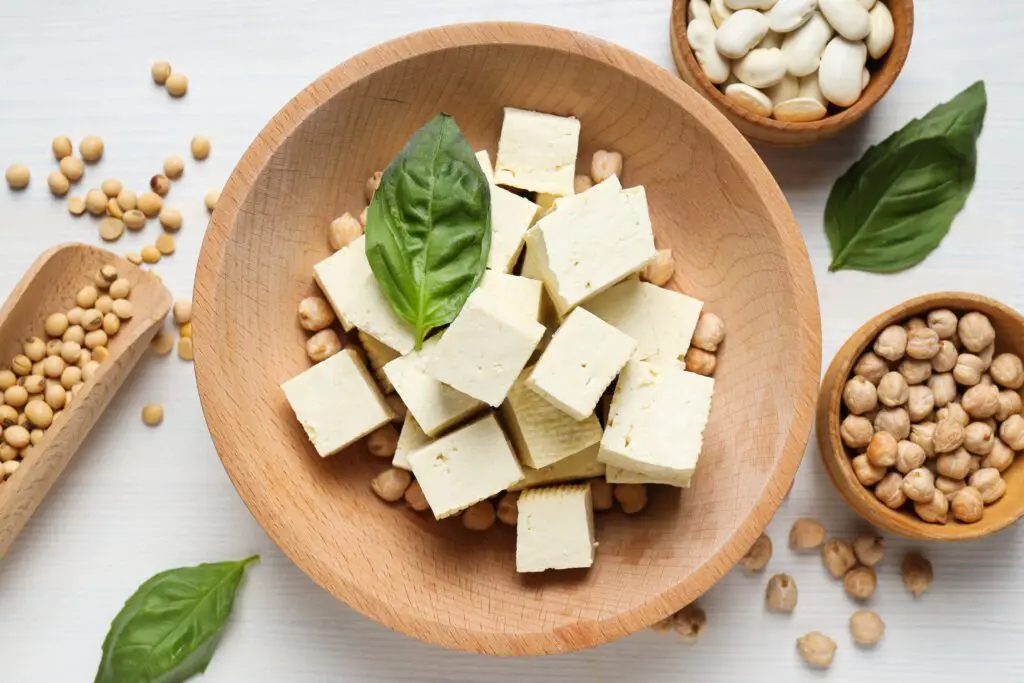
Tofu was most likely discovered over 2,000 years ago in China by accident. The popular theory is that someone added sea salt or nigari to soy milk and noticed it curdled. The result was a protein-rich, neutral-tasting block that could be used in all kinds of dishes. It didn’t look like much, but it was versatile and nutritious.
Over time, tofu became a cornerstone of East Asian cuisine. It’s now enjoyed grilled, fried, blended, or simmered in soups and stir-fries. Whether you’re vegan or just cutting back on meat, tofu is a go-to protein source. And it all started from one curious kitchen mix-up.
11. Ice Cream Cones
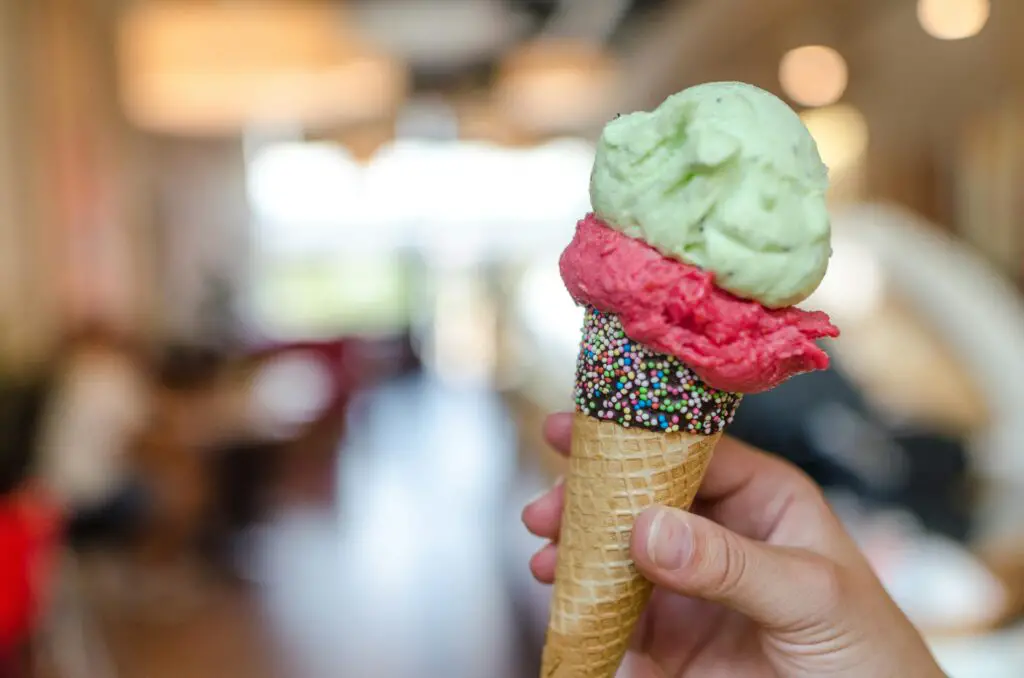
The ice cream cone may not have been invented on purpose, but it sure was a good idea. At the 1904 World’s Fair in St. Louis, an ice cream vendor ran out of dishes. A neighboring waffle stand quickly rolled up some waffles into cones, and the two teamed up to keep the treats coming.
The idea was an instant hit, and other vendors started copying the combo. Soon, companies were producing pre-made cones specifically for ice cream. Today, cones are just as important as the ice cream inside them. Sometimes, necessity really is the mother of invention, especially on a hot summer day.
12. Sourdough Bread
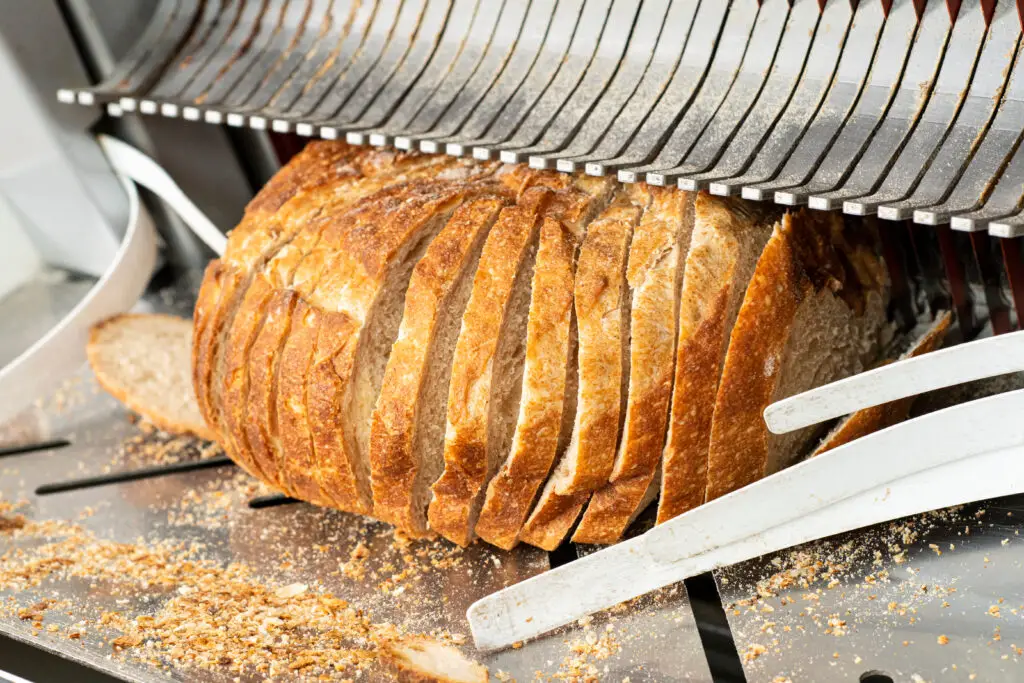
Sourdough bread is one of the oldest forms of leavened bread, and it was likely created by accident. Early bakers left flour and water mixtures sitting out too long, and natural wild yeast in the air began to ferment the dough. The result was a tangy, airy loaf that rose on its own without added yeast.
People quickly caught on and began cultivating their own sourdough starters. That practice continues today, with bakers feeding and caring for starters like pets. Its distinct flavor and chewy crust have made it a favorite around the world. And it all started because someone forgot to clean up their flour and water.
